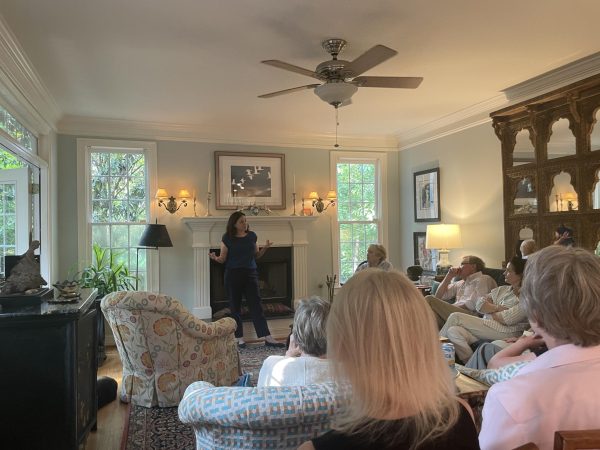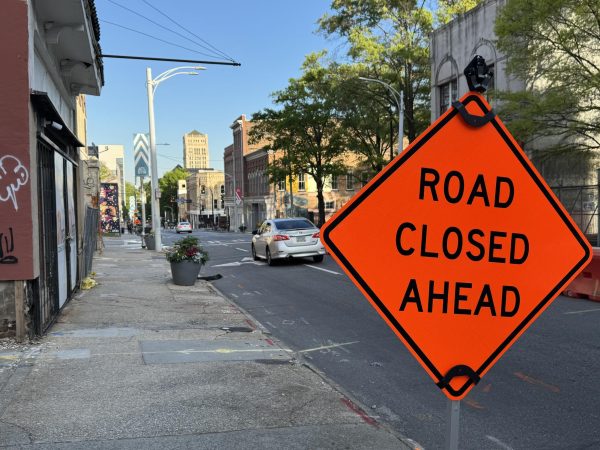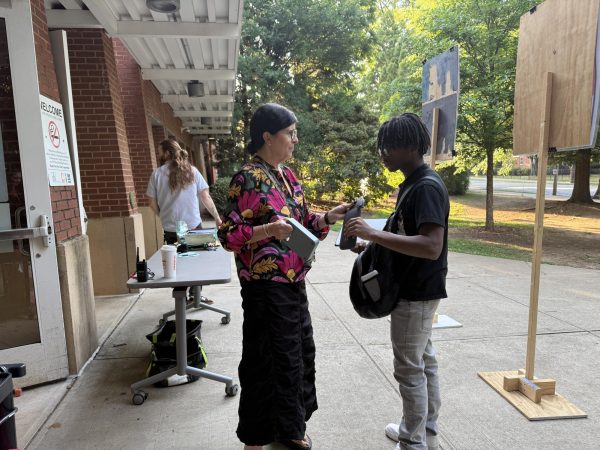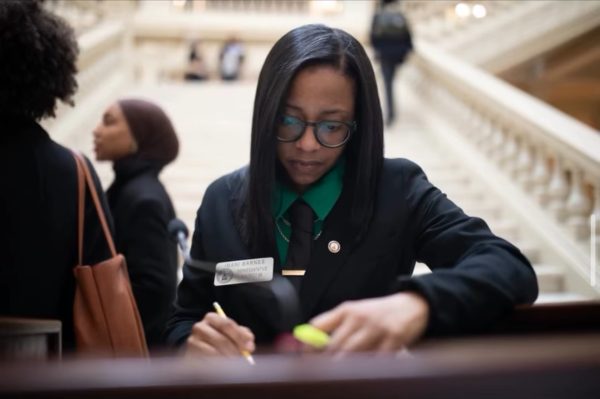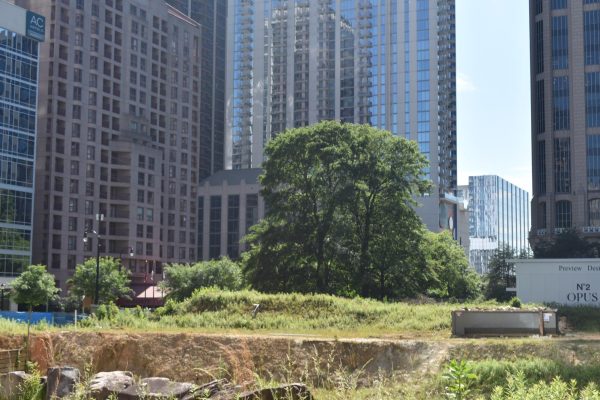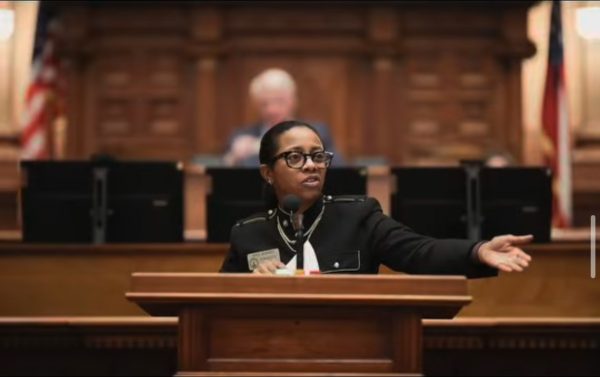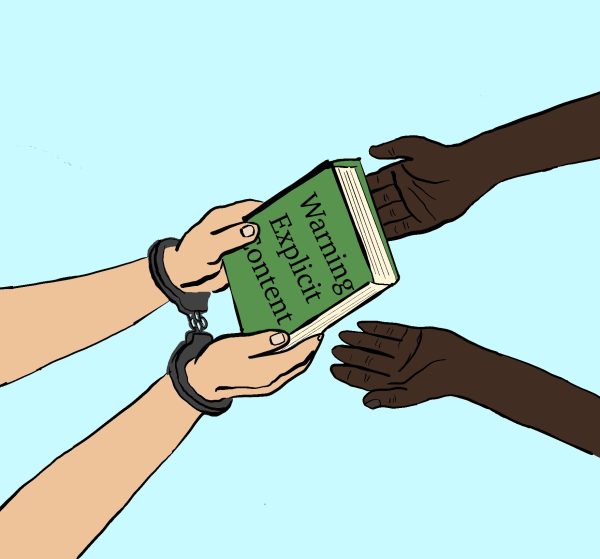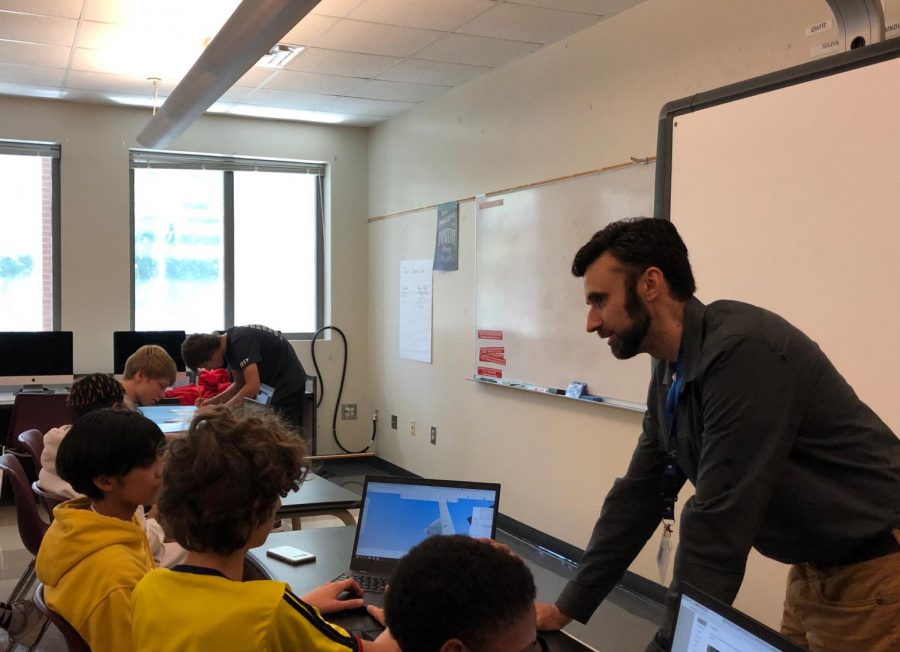Engineering pathway expands to help students post-graduation
Freshman engineering students look on as Yarnold explains how to add a second level to a virtual house. This house is an example of the type of 3D drawings that construction professionals, architects, and other engineers rely on to bring their ideas to life.
Engineering has always been a pathway to look forward to for students interested in math and sciences. Now, the pathway is growing in interest and size. Along with engineering teacher Tonia Schofield, Mike Yarnold is adding to the program this year.
This year, Yarnold’s goal is to expand the engineering program. He came from the industry as a mechanical engineer, receiving an undergraduate degree from the University of Minnesota and a graduate degree from Georgia Tech. He went on to teach part-time at Kennesaw State and was then offered the position of an engineering teacher at Grady.
“My industry experience is a great resource to pull from for practical engineering examples,” Yarnold said. “I can share my understanding of employability skills that companies and universities are looking for.”
While Schofield will continue to teach the engineering concepts pathway, Yarnold will teach the engineering graphic design pathway, which would be the second level to the introduction to engineering class. He believes graphic design is a very important aspect of engineering.
“There are some very similar aspects, in that the class is called engineering drafting and design and so the design process is still really important in both the engineering pathway and the engineering graphics design pathway,” Yarnold said. “But the main difference is as you get further along in the classes, the drafting class goes deep into the software, being able to do 3D animations and 3D renderings, etc. Whereas the class of the concepts kinda focuses more generally on solving engineering problems.”
Yarnold has some changes in mind, starting with a new goal for every student in his class. He wants every student to complete the pathway with an Auto Computer-Aided Design certification, which can be helpful to students who want to pursue engineering.
“You learn AutoCAD, that’s the main software that we use,” Yarnold said. “… technically, coming out of high school, you can have an industry certification and you can just go do [computer aided drafting] as a job.”
The AutoCAD software teaches students to communicate their design ideas to those who will physically create it. Architects, engineers, and construction professionals rely on the software to create precise 2D and 3D drawings. Students using AutoCAD learn what Yarnold calls the “language of engineering.”
“I’m still learning about how the certification can be used in the industry, but the standards are aligned with the drafting and design standards in Georgia’s technical colleges,” Yarnold said. “In turn, this helps the students qualify for advanced placement should they continue their education at a post secondary level.”
Students who successfully complete this certification and other drafting courses should be prepared to take the Drafter Certification Examination from the American Design Drafting Association. Passing the exam will further help them qualify for immediate employment opportunities after highschool.
Sophomore Talia Heath knows she made the right choice to enter the engineering pathway freshman year.
“If I decide to be and engineer in real life, this class will be really useful,” Heath said. “Because of the class, I know what to expect of an engineering job, and the experience from this class will definitely help.”
Recently, Heath has learned about the four main disciplines of engineering (chemical, physical, electrical, and mechanical), through different field trips the class has taken. Yarnold thinks that these field trips are a good way of exposing students to real life examples of engineering.
“For the concepts class we are going to do a little field trip to Music Midtown,” Yarnold said. “They are showing us all the engineering that goes into building the temporary stages and all the drawings that went into that as well.”
The engineering pathway is one that teaches students how to physically bring their ideas to life, and upon completion of the course, prepares them for employment post graduation.
“If you like solving problems and you like seeing what your ideas look like when they come to life particularly in 3 demensions or with animations, then this is the class for you,” Yarnold said.
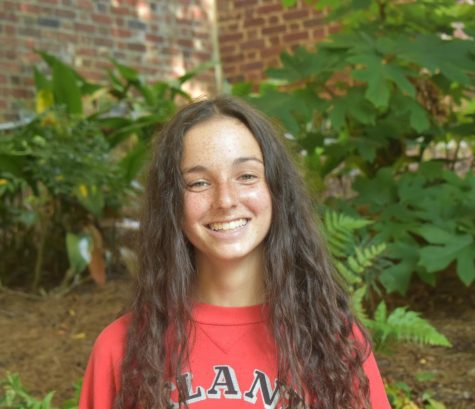
Stella is a senior and this is her third and final year writing for the Southerner. She loves spending time with the Midtown community and getting to...


